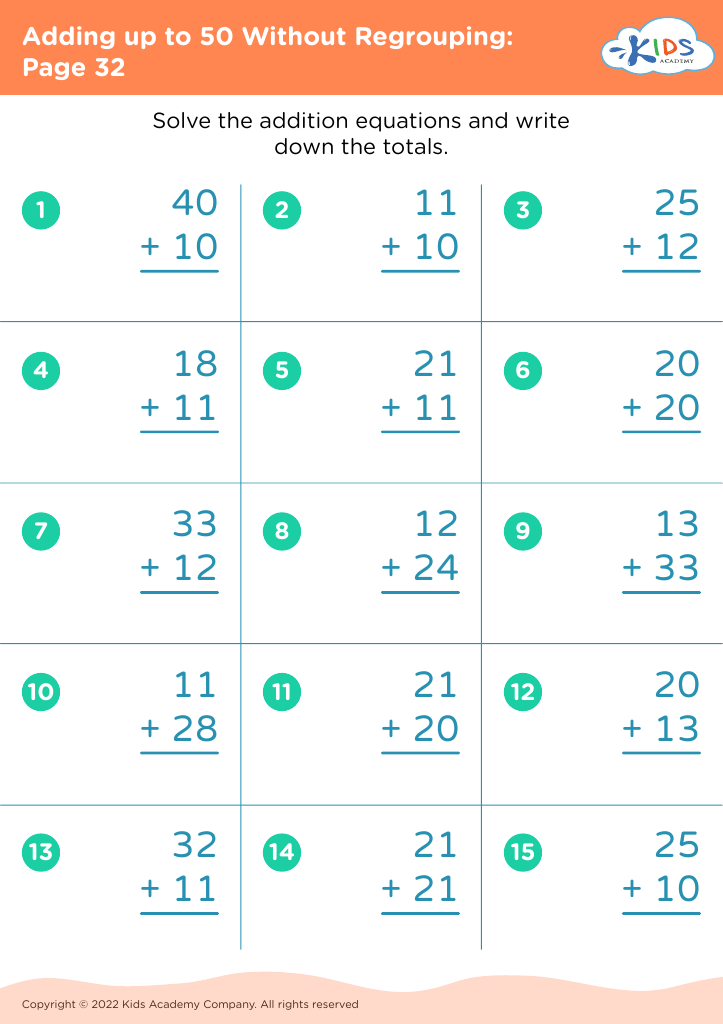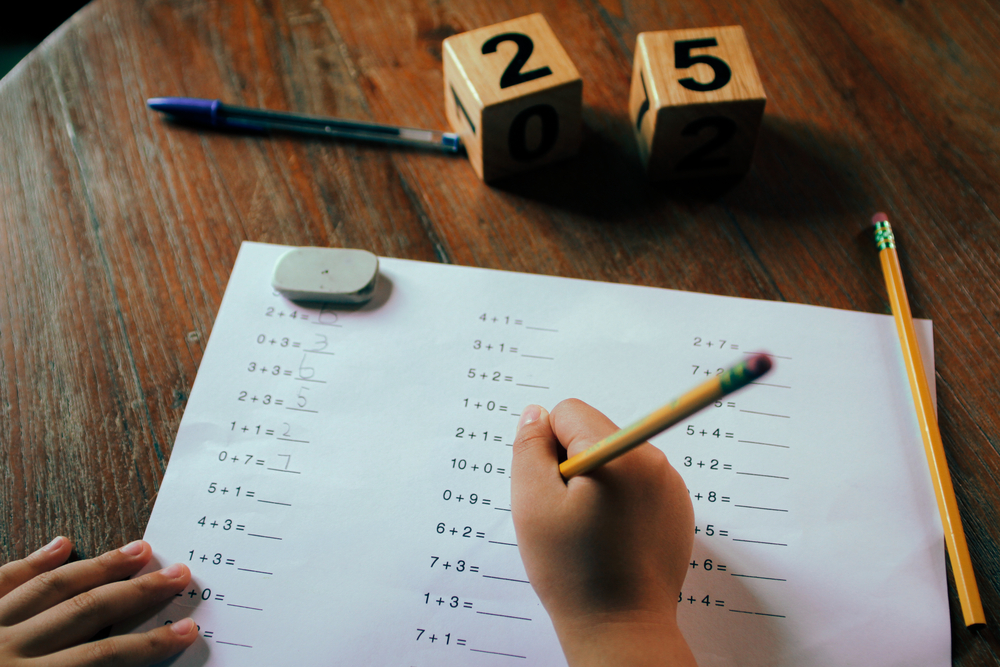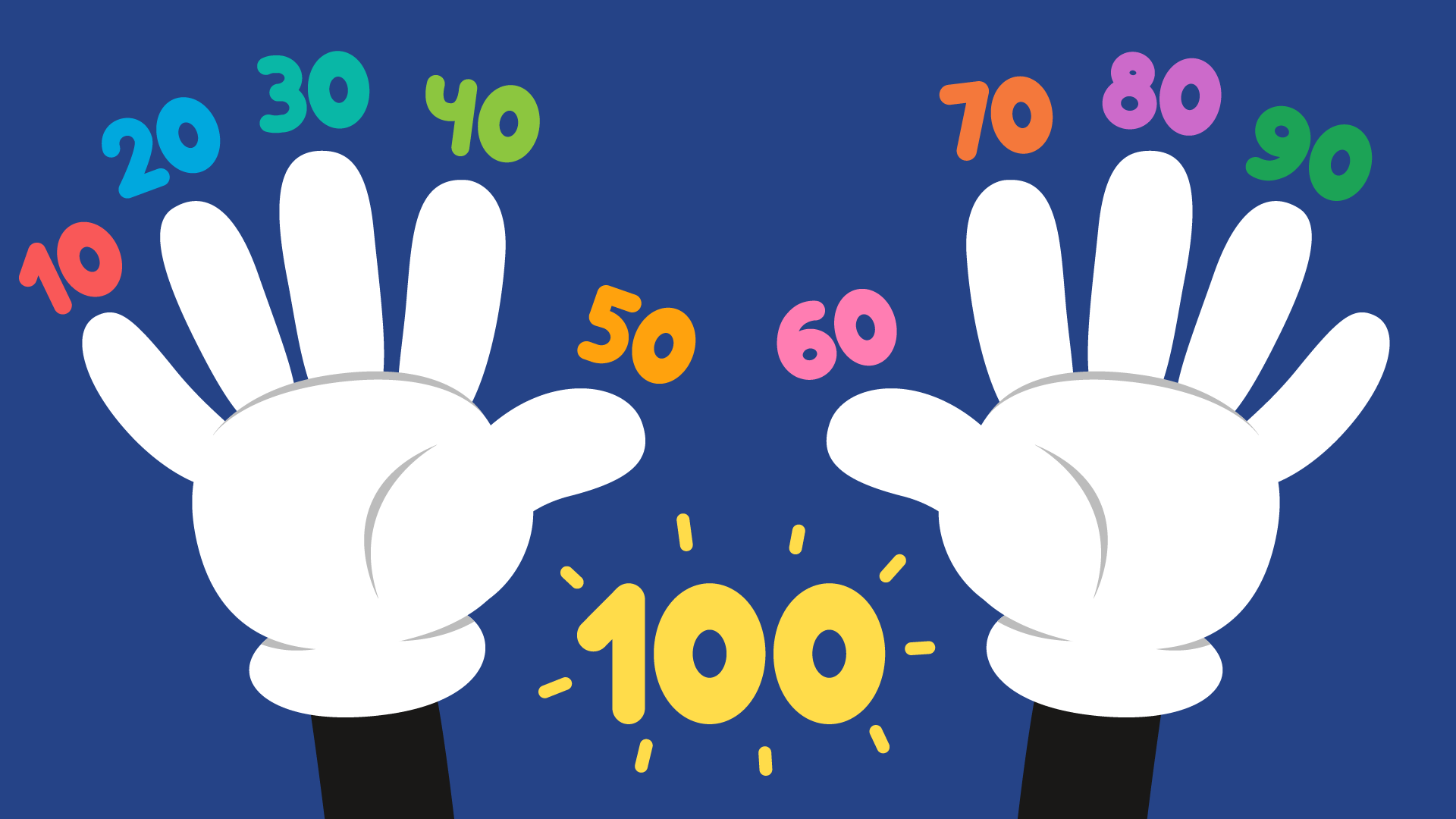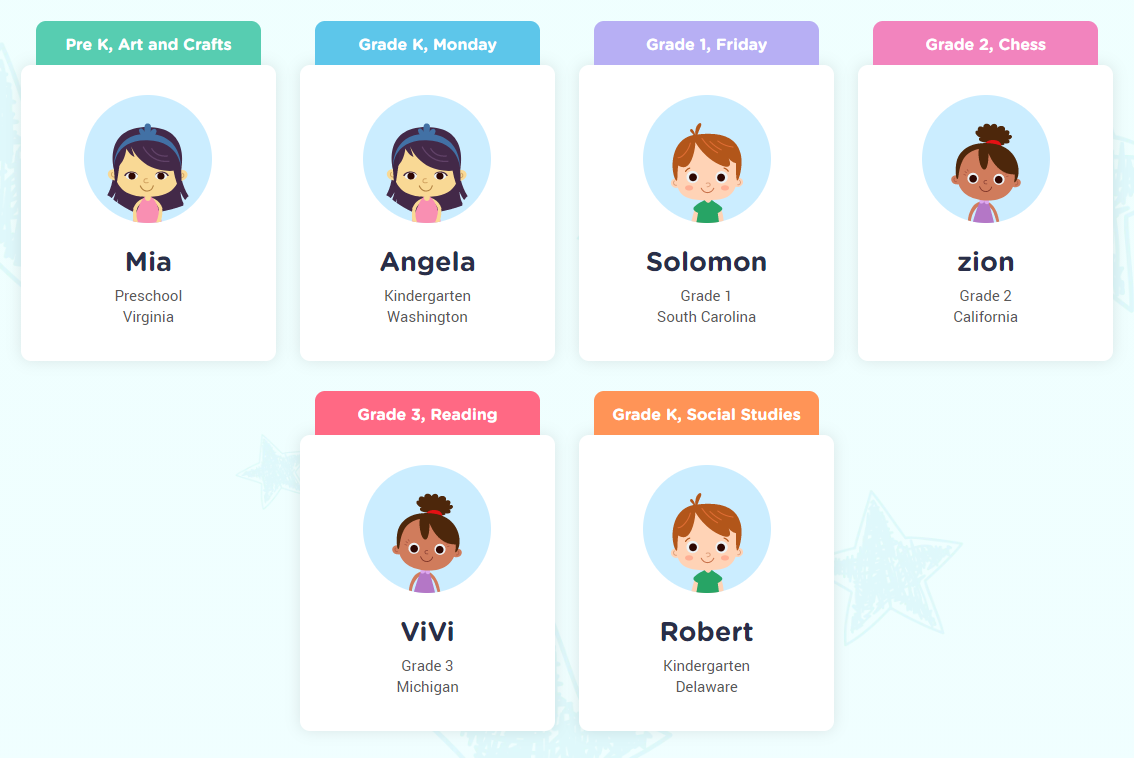Visual perception improvement Math Worksheets for Ages 6-7
9 filtered results
-
From - To
Boost young learners’ math skills and visual perception with our tailored worksheets for ages 6-7. Each activity is designed to engage children in fun and interactive exercises that improve their ability to interpret and make sense of visual information. By combining math problems with visual puzzles, these worksheets help enhance attention to detail, spatial awareness, and logical thinking. Ideal for classroom and home use, our visually appealing and educationally sound worksheets provide the perfect foundation for future academic success. Download now to support your child's educational journey with proven tools that make learning math both fun and effective.
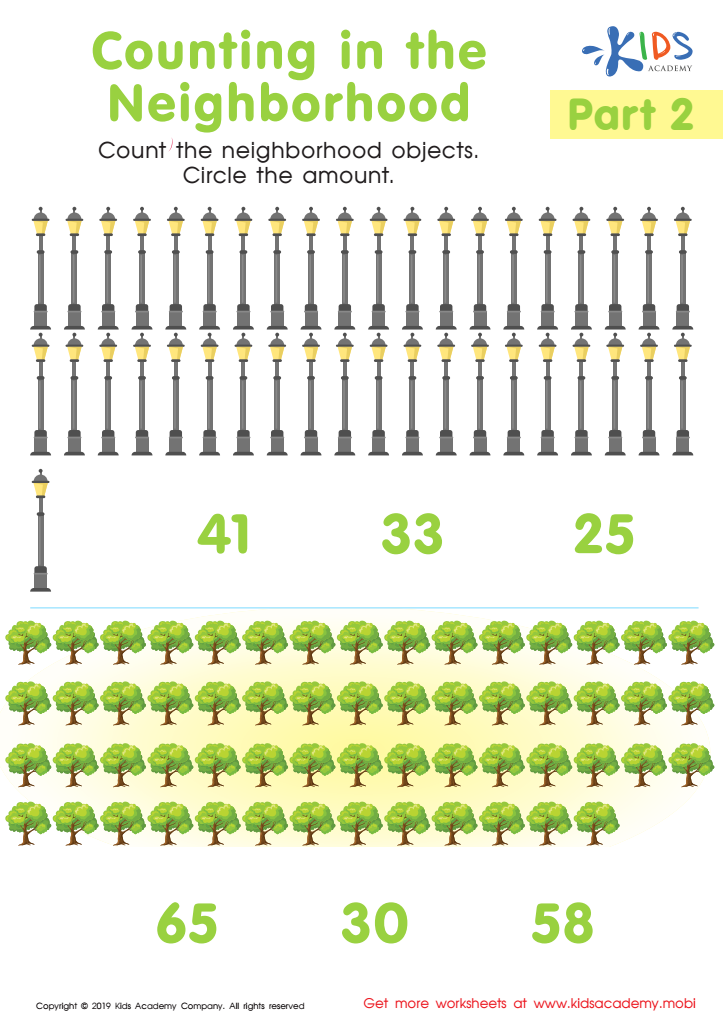

Counting In The Neighborhood Part 2 Worksheet
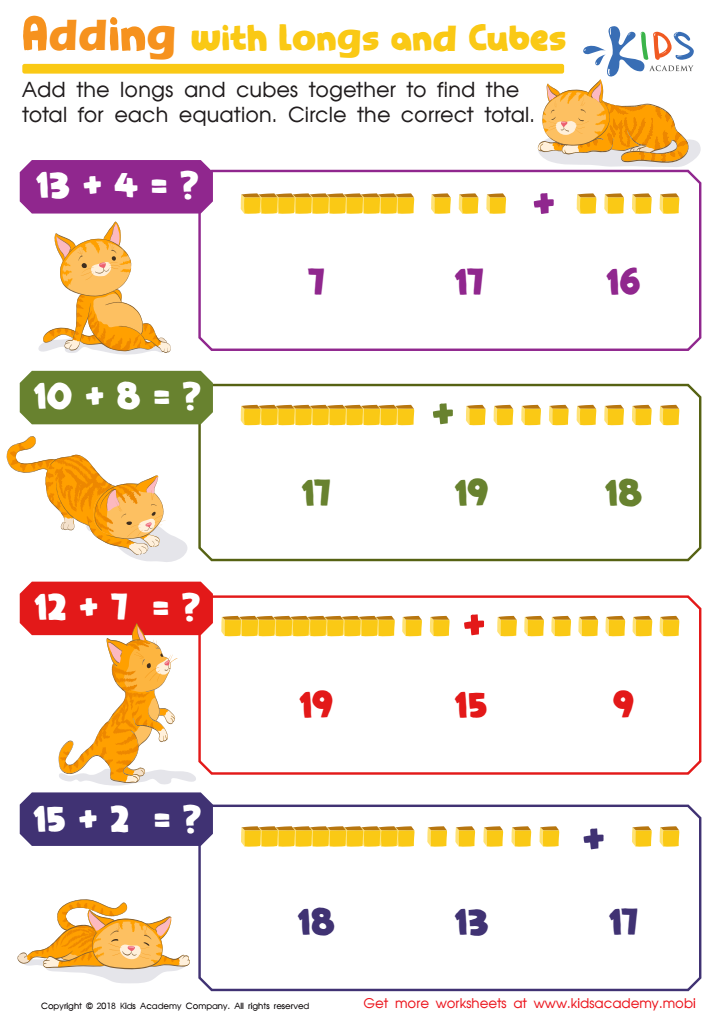

Adding With Longs and Cubes Worksheet
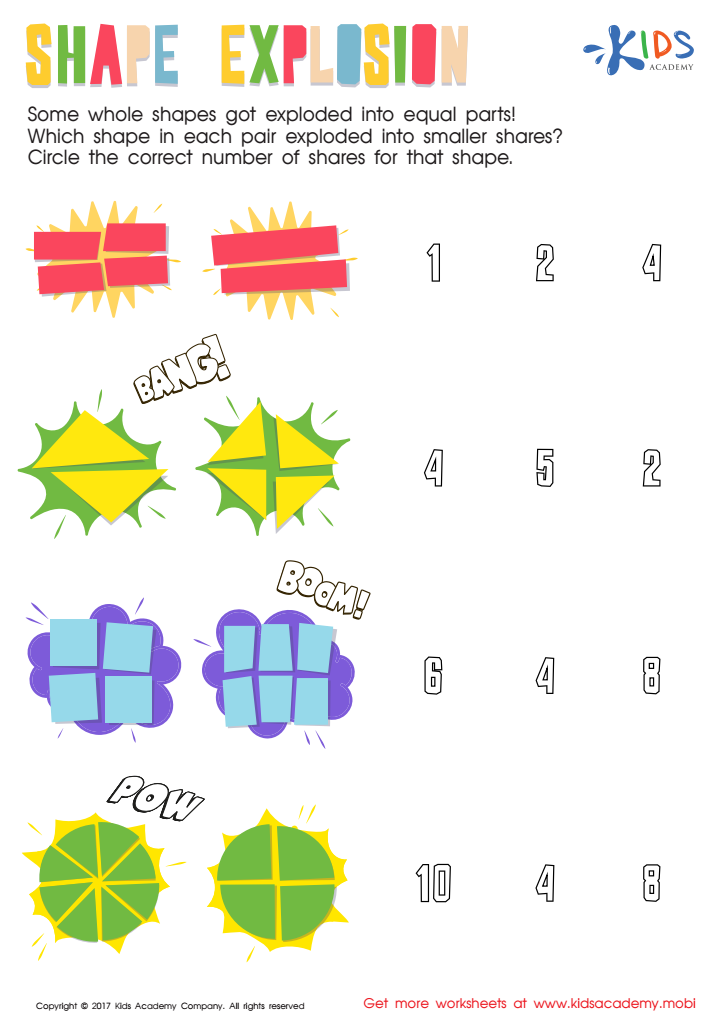

Shape Explosion Worksheet


Learning to Draw Crescents And Triangles Worksheet
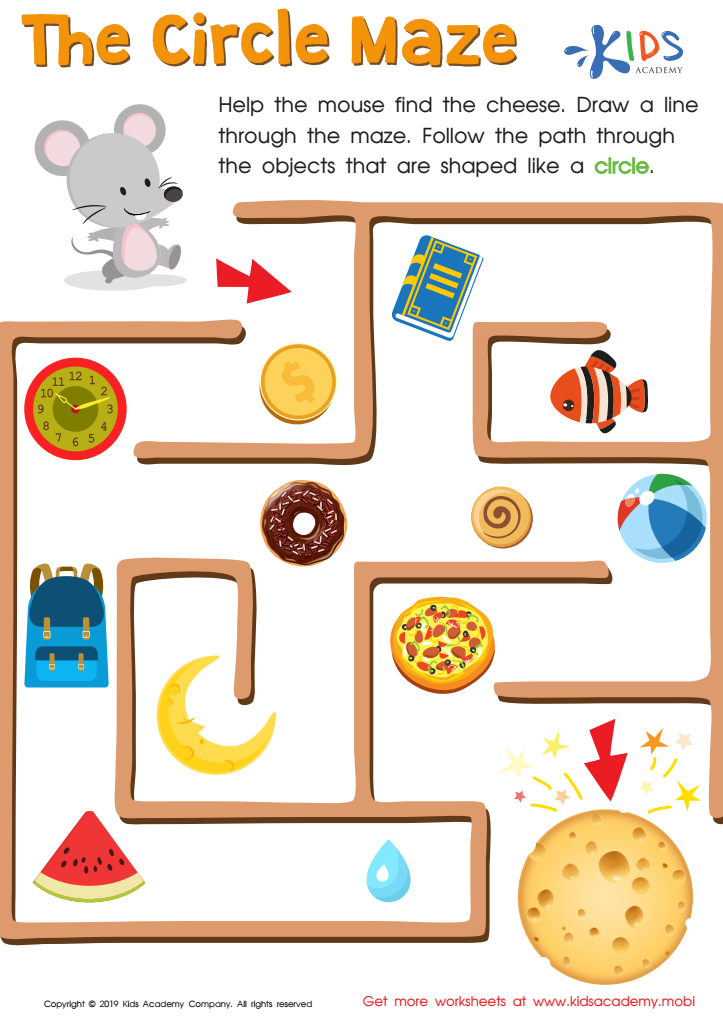

The Circle Maze Worksheet
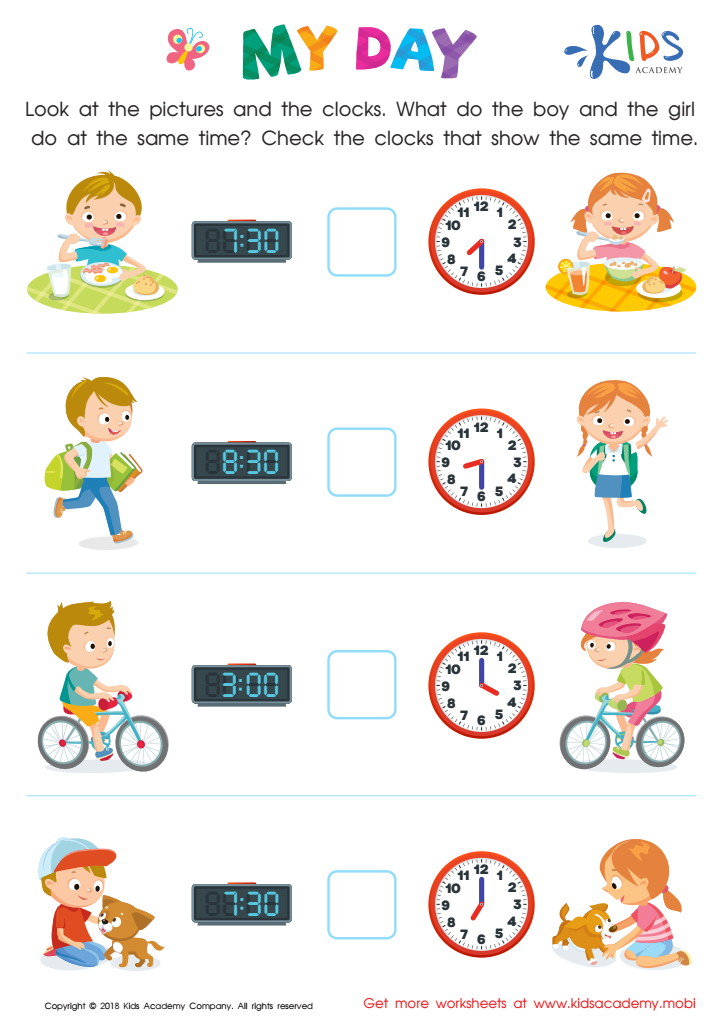

My Day Worksheet
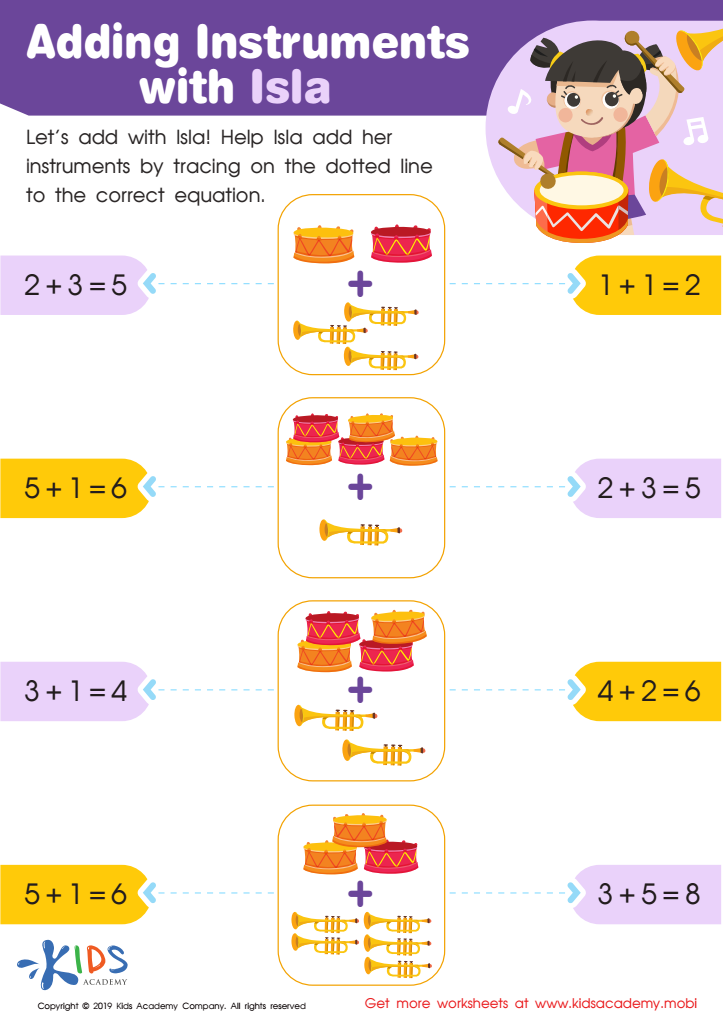

Adding Instruments with Isla Worksheet
Visual perception involves the ability to interpret and make sense of visual information, and it's a fundamental skill in the learning process for young children. Improving visual perception in math for ages 6-7 is particularly important for several reasons:
Firstly, visual perception skills help children to recognize patterns, shapes, and spatial relationships, which are crucial for understanding mathematical concepts. For example, children need to discern between different shapes and sizes when learning geometry, or identify patterns in numbers and objects which form the basis of arithmetic.
Secondly, strong visual perception abilities enhance reading and comprehension. When children develop these skills, they can more easily distinguish between numbers and symbols, understand graphs, charts, and can follow visual instructions in math activities.
Thirdly, improving visual perception contributes to overall cognitive development. Math exercises that enhance this skill also boost attention to detail, memory, and problem-solving abilities, laying a strong foundation for future academic success.
Parents and teachers should care about visual perception improvement because it leads to better grades, higher confidence in math, and fosters a love for learning. Engaging children in activities that improve visual perception, such as solving puzzles, playing matching games, and using visual aids, ensures they develop robust mathematical skills, critical for success in higher grades.


 Assign to My Students
Assign to My Students

